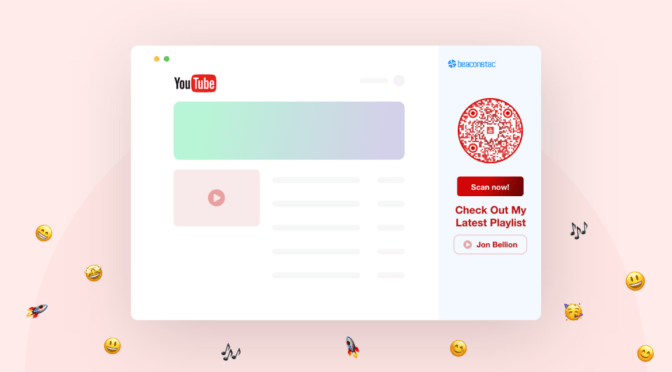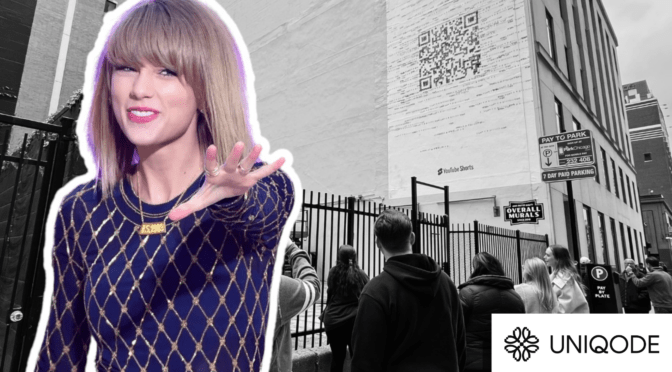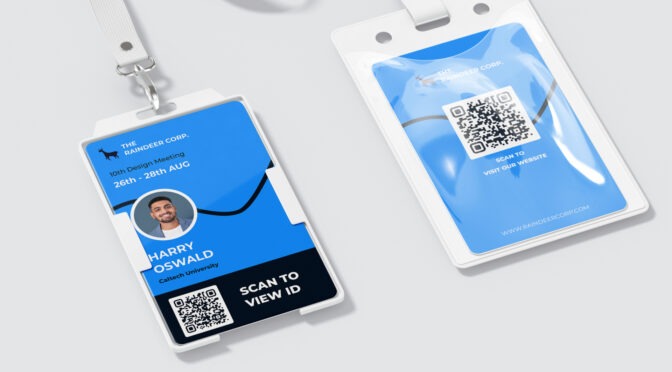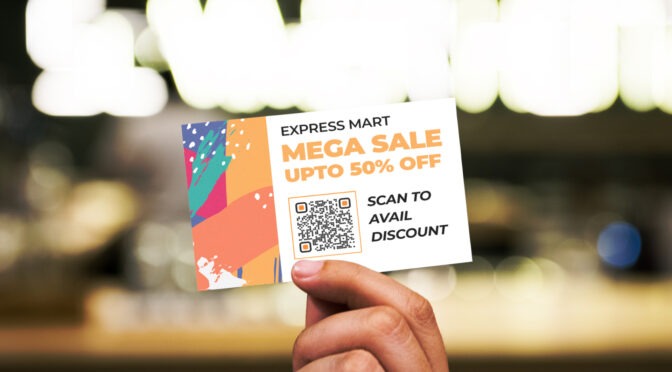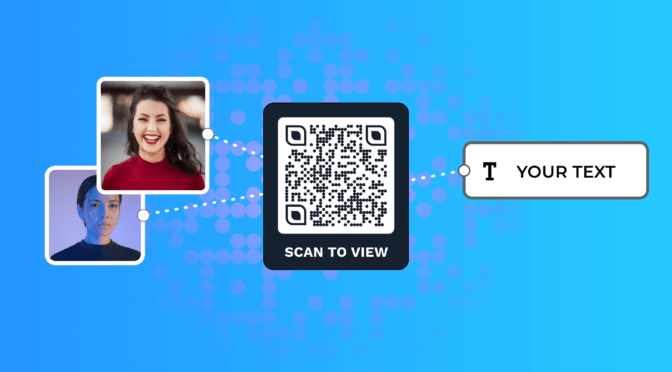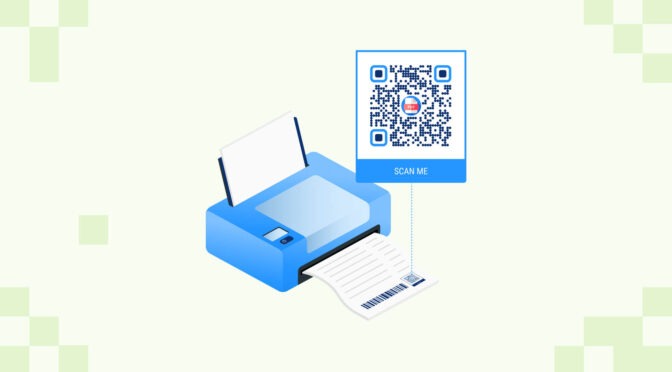Black Friday is the Super Bowl of retail—$16.4 billion in US sales, $70.9 billion worldwide, and a frenzy of brands vying for attention. To cut through the noise and capture serious sales, you need more than just presence; you need a powerful strategy.
Our 25-point checklist is designed to help your business capture attention and thrive during the Black Friday Cyber Monday Sale 2024. Get a head start and start planning now to make the most of this year’s holiday shopping season.
Data and strategy (Tips 1-6)
1. Analyze last year’s sales data
Review the previous Black Friday campaign performance to identify trends and insights that can guide your strategy this year.
During our 2022 campaign, we underestimated demand for our AI-powered security cameras, leading to stockouts and disappointed customers. To address this, we now start our demand forecasting process six months in advance, using historical data and predictive analytics to ensure we have adequate stock.
Tomasz Borys, Senior VP of Marketing & Sales at Deep Sentinel
2. Establish your shipping strategy
Clearly outline shipping options and deadlines to ensure timely deliveries, which can influence customer purchasing decisions. For example, if you’re in the fashion industry, highlight express shipping options to cater to last-minute gift buyers.
3. Create compelling offers
Develop attractive promotions, such as exclusive discounts or bundled deals, to entice customers to make purchases. For instance, a beauty retailer could offer “buy one, get one 50% off” on popular products to drive higher sales volume.
4. Reward your loyal customers
Offer special promotions or early access to sales for returning customers to encourage loyalty and repeat business. A subscription service could give loyal customers a special discount code to use during the sales period.
5. Plan your inventory well in advance
Ensure your logistics can handle the rush, and consider offering incentives such as fast or free shipping to stand out. Use a QR Code to direct customers to a dedicated shipping information page, keeping them informed and easing any last-minute concerns.
Making sure we have enough stock to meet the spike in demand, while also ensuring we don’t overstock and get stuck with excess inventory, is always a balancing act. Planning promotions around limited quantities can be tricky.
Kate Ross
Hair and Beauty Specialist
Irresistible Me
One of our biggest challenges is handling inventory management. We typically offer vintage or limited-release maps during Black Friday, and while these items generate excitement, they’re not easy to restock. During last year’s campaign, we sold out of our top collector’s item within hours. It led to a flood of customer inquiries, some disappointed they missed out. To manage expectations, we’ve started incorporating countdown timers on our site for high-demand products and offering “notify me” options for restocks.
Rhett Crites, Founder of Theme Park Brochures
6. Retarget previous visitors
Use remarketing strategies to engage customers who previously showed interest in your products and encourage them to return. This is especially effective for industries like travel, where potential customers may browse but not book right away.
Marketing and engagement (Tips 7-14)
7. Kick-off email campaigns early
Launch your email marketing efforts well in advance of Black Friday to build excitement and inform customers about upcoming deals. For example, a gym or fitness brand could start sending out emails weeks in advance about holiday promotions for memberships and gear.
8. Refresh your homepage
Update your website with seasonal and festive visuals to create a welcoming shopping atmosphere. For a toy store, showcasing holiday-themed graphics can help create excitement and draw in parents looking for gifts.
Develop specific landing pages for top promotions to streamline the customer journey and drive conversions. For example, a food delivery service might create a special page for Black Friday meal kits to simplify the buying process.
💡Pro tip: If you’re a small business without a website, use Uniqode’s mobile-optimized Linkpage maker to create a custom, on-brand page in minutes. Share it via QR Code and update listings in real-time—your QR Code will automatically reflect any changes. Make one from scratch or use one of our existing templates.
9. Ensure mobile optimization
Make sure your site is mobile-friendly, providing a smooth shopping experience for customers who prefer to shop on their devices. Retailers in fashion or beauty should prioritize this, as many shoppers browse for items on their phones.
10. Prepare for increased traffic
Test your website’s capacity to handle surges in traffic during peak shopping times to avoid slowdowns or crashes. This is critical for ecommerce businesses that expect high traffic volumes during Black Friday.
11. Flexible payment solutions
Offer flexible payment solutions to reduce barriers for potential buyers and encourage larger purchases. This strategy can be especially beneficial for high-ticket items such as electronics or furniture.
12. Use chatbots for engagement
Implement chatbots to provide immediate assistance and support to customers as they navigate your site. This is particularly useful for service-based businesses that may require quick responses to customer inquiries.
13. Consider free shipping promotions
Evaluate the option of providing free shipping, which can be a significant factor in driving purchases. E-commerce businesses often find this is a strong incentive, particularly in competitive markets.
14. Add gamification in promotions
Create interactive marketing initiatives, like contests or games, to engage customers and add fun to the shopping experience.
🧠Did you know: You can easily execute such campaigns using Uniqode’s smart rules feature.
For example, you could assign a time-based smart rule to lead the first 100 scanners to an exclusive discount page or lucky draw. Any scan after the set smart rule can lead to a page indicating the campaign’s end, making customers feel like they’re getting a truly exclusive deal.
You can also set up device-based QR Code redirection to tailor offers based on whether customers are on mobile or desktop, creating a more personalized experience.
For example, iOS users typically have a higher spending capacity, so you might offer less aggressive discounts or showcase premium products more prominently on iOS.
Advertising and campaigns (Tips 15-18)
15. Strategize your advertising campaign
Create a cohesive plan to promote your BFCM offers across platforms. Flipkart, for example, crafted a strategic campaign using QR Codes to gamify their Big Billion Day Sale. This approach, which encouraged customer engagement through interactive elements, led to a 200% increase in traffic and an average scan time of just 2 seconds.

“We initially anticipated around a million scans but far surpassed that expectation in no time.”
Pratik Shetty, Senior Director of Customer, Flipkart
Check out Flikpart’s success story using QR Codes
Incorporating QR Codes into your promotional strategy can drive similar engagement and traffic during BFCM.
16. Launch a customer referral program
Offering incentives for successful referrals can encourage existing customers to refer new ones. This can be an effective way to expand customer reach, especially in subscription-based businesses.
17. Invest in visual content
Use eye-catching graphics in your promotions to attract attention and engage customers. For example, a local restaurant could create visually appealing posts showcasing its special holiday menu items.
18. Segment your advertising campaign
Break down your advertising strategy into three phases for maximum effectiveness: pre-sale, during the sale, and post-sale. This approach can help keep your messaging fresh and relevant throughout the sales period.
Customer support and Experience (Tips 19-21)
19. Revise your return policy
Ensure that your return policy is transparent and customer-friendly to foster trust among shoppers. Retailers in the apparel industry should especially focus on this, as clothing often has higher return rates.
20. Prepare your customer support systems
Ensure your support team is ready to handle increased inquiries during the sales period. Providing prompt and personal customer support can enhance customer satisfaction and drive repeat business.
21. Use attention-catching campaigns
Engage your customers with fun and creative campaigns that grab their attention. Consider interactive quizzes or themed challenges related to your products.
22. Update pricing and offers
Keep your pricing and offers fresh to stay competitive. Regularly check what others are doing and adjust your deals to attract more customers.
Real-time tracking and adjustments (Tips 22-24)
23. Implement real-time tracking
Use real-time tracking based on locations, time, and campaigns to help adjust your inventory and marketing strategies according to actual demand. This ensures you’re always aligned with what customers want.
We’ve run campaigns where QR scans didn’t just help shoppers grab deals faster; they also gave us valuable data about engagement. Every scan tells us something: what’s working, what’s not, and where we should focus next time.”
Dominick Tomanelli, Co-Founder and CEO of Promobile Marketing
24. Provide real-time updates
Focus on transparency with real-time updates. Redirect users to self-service portals or retail store websites and include QR Codes on packaging for easy return/exchange processes, helping reduce long waiting times.
Retention and post-sale strategies
25. Focus on customer retention
Keep customers engaged even after the sale. Redirect them to post-purchase discounts, special offers, or loyalty programs based on previous purchases. Link helpful guides, tutorials, or customer support to specific products, and encourage feedback or referrals with simple forms. It’s all about building long-term relationships!
Post-Black Friday/Cyber Monday strategies: Keep the momentum going
Once Black Friday and Cyber Monday are over, it’s time to focus on strategies that extend the impact of your campaign and set you up for continued success. Here’s how:
1. Send follow-up emails
Send personalized thank-you emails to customers to show appreciation and keep your brand top-of-mind. Include special offers, product recommendations, or discount codes for future purchases to encourage repeat business.
2. Analyze campaign performance
Review metrics such as traffic, conversions, and sales volume to understand what worked and what didn’t. Analyze engagement with specific offers, time-based patterns, and product popularity to refine your strategy for the future. Consider surveying a sample of customers for qualitative feedback.
3. Prepare for Cyber week
Many brands now extend their sales into Cyber Week, giving customers more chances to grab deals. If your inventory allows, keep promoting deals with fresh offers or bundle new product categories, creating urgency for continued engagement.
4. Gather feedback with dynamic QR Codes
If you used our dynamic QR Codes, you can assess your campaign’s success by tracking QR Code metrics, after the sale:
- Scan Counts & Unique Scans – Gauge reach and engagement.
- Scan by Time of Day – Identify peak activity times for future campaigns.
- Scan by Location – See where your customers are, for location-specific follow-ups.
- Device & OS Insights – Understand your audience’s preferred platforms for future optimizations.

With Uniqode’s advanced tracking and integrations like Google Analytics, you can gain deeper insights into your customers’ behavior and preferences, optimizing your future sales campaigns. Try for free. No credit card required.
5. Build customer loyalty for long-term success
Invite customers to join your loyalty program or subscribe to receive exclusive offers. Post-purchase engagement, such as helpful guides, product tutorials, or referral incentives, can turn one-time shoppers into loyal customers.
By implementing these post-BFCM strategies, you can capitalize on the holiday rush and lay the groundwork for a strong customer base going into the new year. Follow these 25 tips and use QR Codes to supercharge your Black Friday Cyber Monday sale campaigns!
Frequently Asked Questions
1. How far in advance should I start preparing for Black Friday and Cyber Monday?
Start preparing at least 3–4 months in advance. This allows time for inventory planning, sales strategy development, marketing campaigns, and testing your website’s capacity to handle increased traffic.
2. What are the best strategies to drive traffic during Black Friday and Cyber Monday?
Utilize targeted campaigns across email, social media, and paid ads. Incorporate QR Codes for interactive offers and promotions, and ensure your website is optimized for mobile shopping to capture the largest audience possible.
3. How can QR Codes improve my Black Friday campaigns?
QR Codes are great for quickly directing customers to exclusive offers, landing pages, and product details. They can also be used for retargeting, gathering feedback, or even gamifying promotions to enhance engagement.
4. How can I handle inventory and avoid stockouts during Black Friday?
Use data from past sales to forecast demand and manage inventory efficiently. Offer limited-time deals and countdown timers for high-demand products and communicate restock options to keep customers engaged.
5. What type of promotions work best during Black Friday and Cyber Monday?
Exclusive discounts, bundle deals, flash sales, and special offers for loyal customers tend to perform well. Be creative with promotions and consider tiered discounts or time-limited offers to build urgency.
6. How can I ensure my website handles increased traffic on Black Friday?
Test your website’s speed and capacity before the event. Work with your hosting provider to ensure your site can handle surges in traffic, and consider implementing a content delivery network (CDN) to enhance site performance.
7. Should I offer free shipping during Black Friday and Cyber Monday?
Free shipping is a powerful incentive, especially in competitive markets. Consider offering it for orders over a certain threshold to drive higher sales volume.
8. How can I retain customers after Black Friday and Cyber Monday?
Focus on customer loyalty by offering post-purchase discounts, exclusive offers, or loyalty program invites. Stay engaged through personalized follow-up emails and surveys to gather feedback and improve future campaigns.
9. How can I measure the success of my Black Friday and Cyber Monday campaigns?
Track key metrics such as traffic, conversions, sales volume, and customer engagement. To refine future strategies, use QR Code analytics to understand scan activity, location, and device usage.












